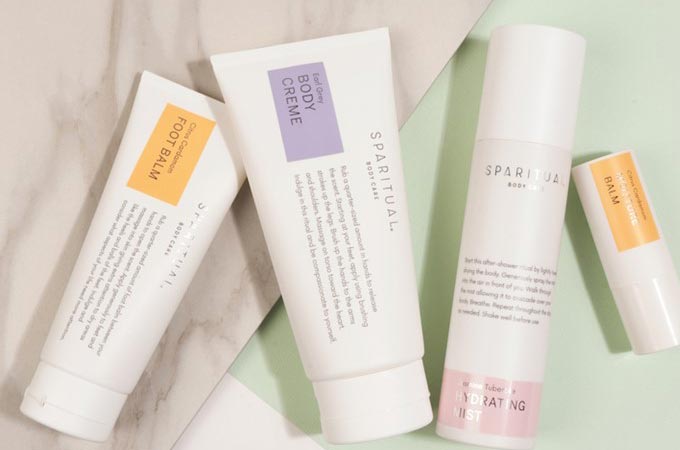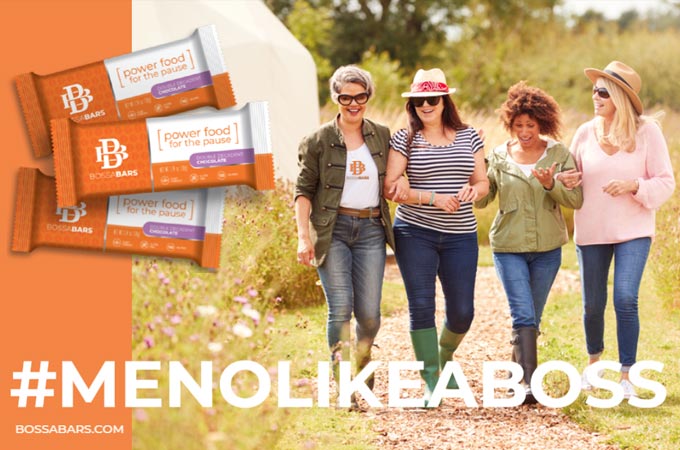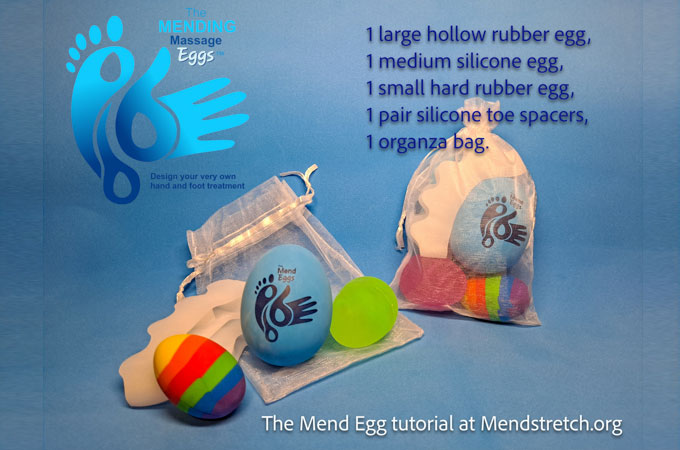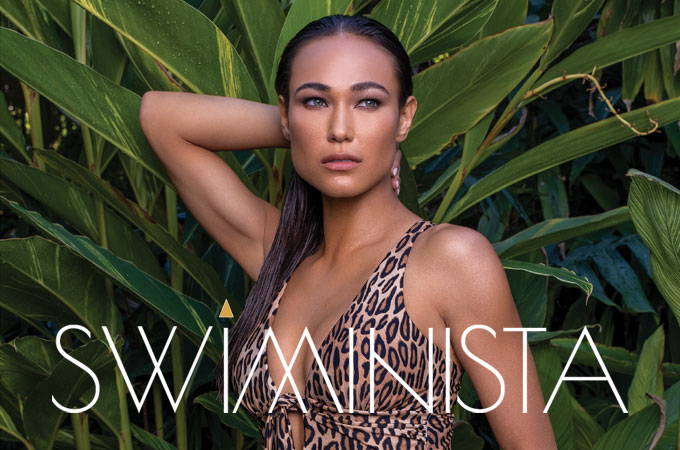Plant healthy, nontoxic gardening practices in your yard and keep family & pets safe
Spring is here (at least, according to the calendar) and many pet lovers welcome the time they spend tending their garden.
But your yard can cultivate a whole host of potential pet poisons and dangers, from the pesticides and tools you use to the plants you grow.
"Having a non-toxic lawn is crucial for dogs in particular," says Carl Grimm, natural gardening and toxics reduction planner for Metro. "Since they're more likely to chew or lick soil or plants in the garden, it makes them more vulnerable to pesticides."
Fortunately, you can avoid taking the dog out with the dandelions and maintain a healthier yard by following a few simple principles.
First, foster fertile soil with compost and mulch.
Dog owners should avoid cocoa mulch, though, or Fido can wind up with chocolate poisoning, possibly resulting in vomiting, diarrhea, an accelerated heart rate or seizures, says Dr. Jason Nicholas of The Preventive Vet.
Instead, try less-toxic materials, like cedar, shredded pine or hemlock bark.
Exercise caution with compost, too: it may pose a heap of problems. Mold can cause gastrointestinal problems or even liver failure. And corn cobs, apple cores or other compost contents can obstruct your pet's intestinal tract.
Watch out for fertilizers containing bone meal or blood meal which can attract dogs or cats with their scent but can wreak havoc on the digestive system, Nicholas says.
Weed out the weed and feed products, a mix of herbicides and fertilizers that Grimm says are among the most hazardous materials used on yards.
His advice for harboring a healthy lawn: overseed once a year, in the spring or fall. Remove any weeds by hand and then sprinkle seeds in that spot. Mulch mowing or grasscycling – essentially leaving the clippings on the lawn after you mow – helps promote a healthy lawn because the clippings decompose and release nutrients back into the soil.
Dog owners may want to get a mulch mower to keep clippings that from being tracked into the house, Grimm suggests.
They may also want to keep some quality grass seed on hand.
"The biggest question I get is how to avoid pets urinating in grass and burning it," says Steve Varga, chief horticulturist at ProGrass Landscape Care and Design.
To combat this, he suggests training your dog to go only in one small part of the lawn, and use the seed as needed.
He suggests applying a straight fertilizer, mowing weekly and maintaining grass blades at two or three inches high. Taller lawns reduce weed germination, so you don't have to spray as much.
























